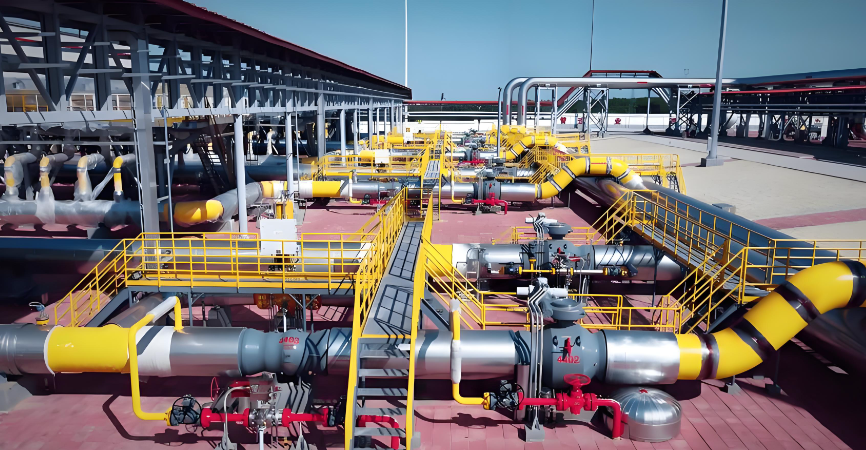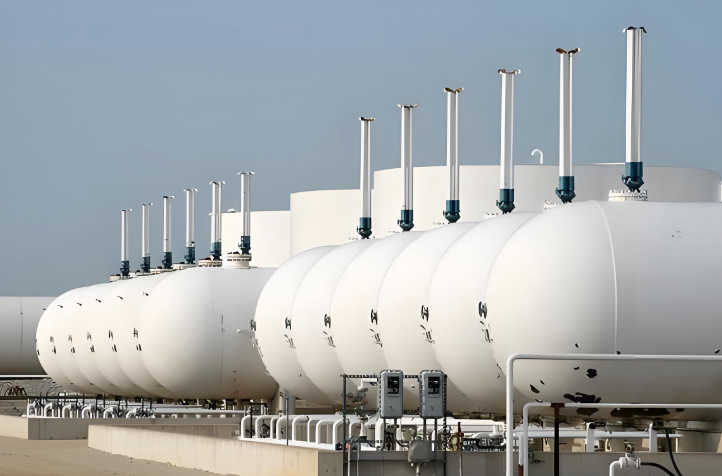Natural-gas markets in Europe began the week with a split personality: bears and bulls arguing over storage math and weather models. After last winter’s price spikes, traders are hypersensitive to anything that dents “investor confidence.” The narrative pendulum has been swinging between cold-weather demand shocks and policy flexibility on storage mandates—each headline tinkering with the market’s collective anxiety.
Mood at Market Open
At the open, social feeds pulsed with screenshots of TTF futures and ECMWF model runs. Energy-Twitter tracked live storage dashboards, while retail channels recycled charts comparing this year’s fill levels to prior winters. A common refrain: “storage is fine… until it isn’t.” When temperatures dipped last season, prices ripped to a two-year high as inventories drained faster than expected, embedding a recency bias that now shapes every trader’s mental model.
One Reddit poster deadpanned: “Everyone becomes a meteorologist when TTF hits a cold spell.”
Catalyst: What Changed and Why
Two catalysts steadied nerves:
- Regulatory flexibility. The EU’s move to loosen gas-storage rules—allowing countries to hit the 90% target within a broader window and tolerate deviations in tough conditions—reduced the perception that policy itself might be pro-cyclical. This policy nuance matters for market sentiment, tempering the fear that rigid targets force panic buys into spikes.
- Context on supply/demand. While bouts of cold still push prices, recent analyses highlight diversified LNG supply and better coordination. The behavioral shift is subtle: traders now treat cold snaps as trading events, not existential threats—unless storage notably undershoots norms.

Sentiment Shift and Market Reaction
When the policy headline circulated, volatility indexes tied to front-month gas eased from knee-jerk highs, and option put/call ratios normalized. Social-media tone cooled as well: instead of doom threads, Telegram groups debated calendar-spread structures and gamma-scalping strategies. The market’s reaction function is evolving from fear-dominant to risk-managed: buy the dip on weather-normalization; fade panic on over-reaction. Still, intraday bursts remain: a colder-than-expected model run can squeeze shorts, while a warm print invites unwind.
An energy strategist wrote on X: “Policy flexibility doesn’t heat homes—but it deters policy-driven squeezes. That’s a sentiment win.”
What to Watch Next
Near term, watch degree-day surprises and LNG arrival schedules; into mid-winter, the tell will be storage trajectories relative to five-year bands. If inventories slide too quickly, crowd psychology can lurch back to scarcity angst—pushing market sentiment toward euphoric spikes in vol. Conversely, if weather cooperates and cargoes land on time, a carry-friendly curve may keep prices contained. Translation: there’s less fear of a structural squeeze, but headline risk remains high, and traders will keep one eye on the sky, one on Brussels.



